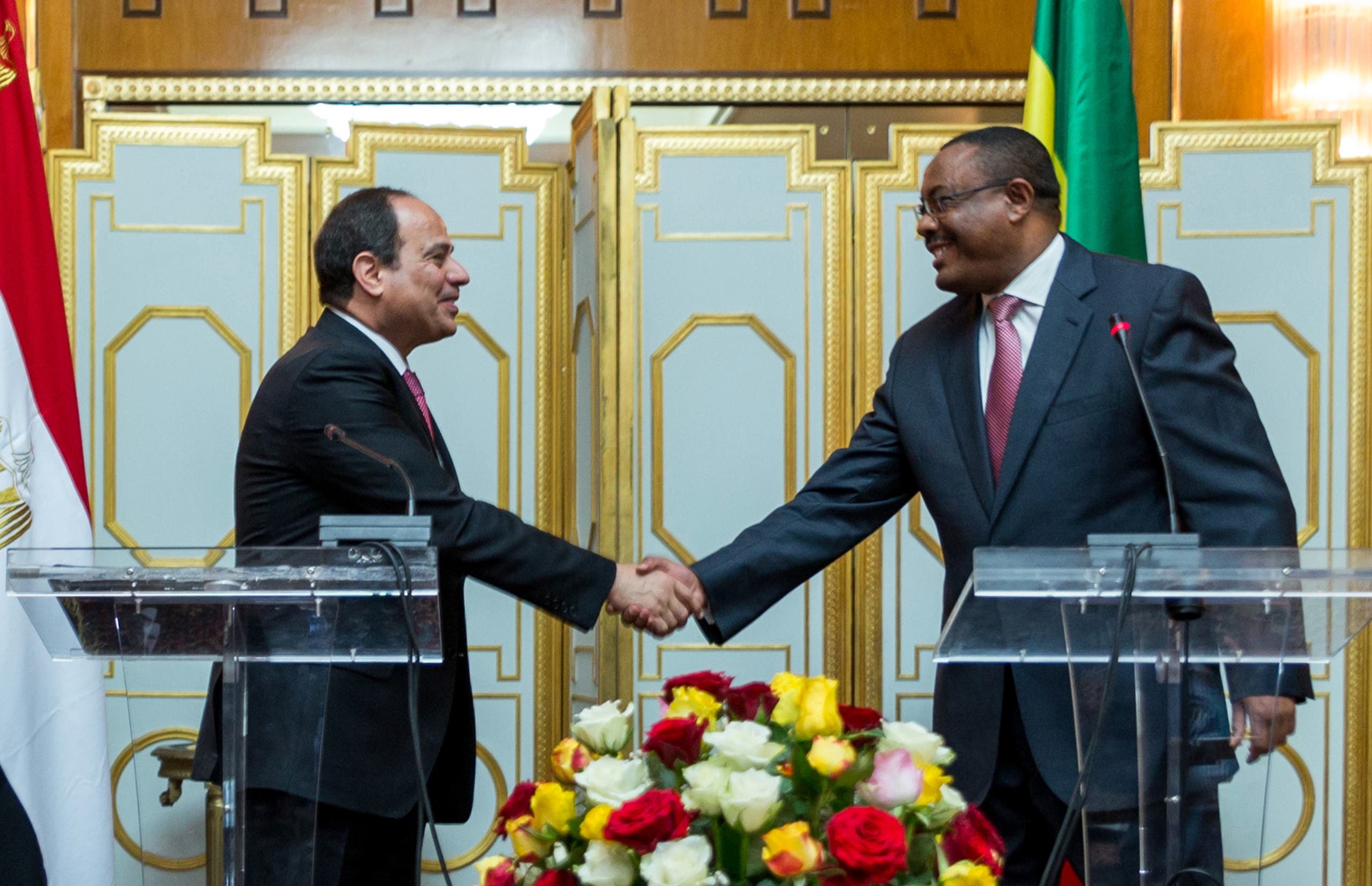Cairo -- As Ethiopia's Grand Renaissance Dam nears completion, Egyptian fears that the dam will affect its historic Nile water share remain unchanged.
Expected to be ready by July 2017, Ethiopians consider the dam a great national project and a means of overcoming poverty.
Egypt’s share of 55 billion square meters is the country’s main supply of drinking water and irrigates the Nile Delta and generates nearly half of the country’s electricity through the operation of the Aswan High Dam.
In 2015, Egypt, Ethiopia and Sudan signed a declaration of principles in Khartoum in which the three nations agreed to take all measures to avoid causing damage to the others, and to offer compensation in case of any damage.
Expected to be ready by July 2017, Ethiopians consider the dam a great national project and a means of overcoming poverty.
Egypt’s share of 55 billion square meters is the country’s main supply of drinking water and irrigates the Nile Delta and generates nearly half of the country’s electricity through the operation of the Aswan High Dam.
In 2015, Egypt, Ethiopia and Sudan signed a declaration of principles in Khartoum in which the three nations agreed to take all measures to avoid causing damage to the others, and to offer compensation in case of any damage.
Too late?
Last Update: Saturday, 18 February 2017 KSA 09:19 - GMT 06:19





No comments:
Post a Comment